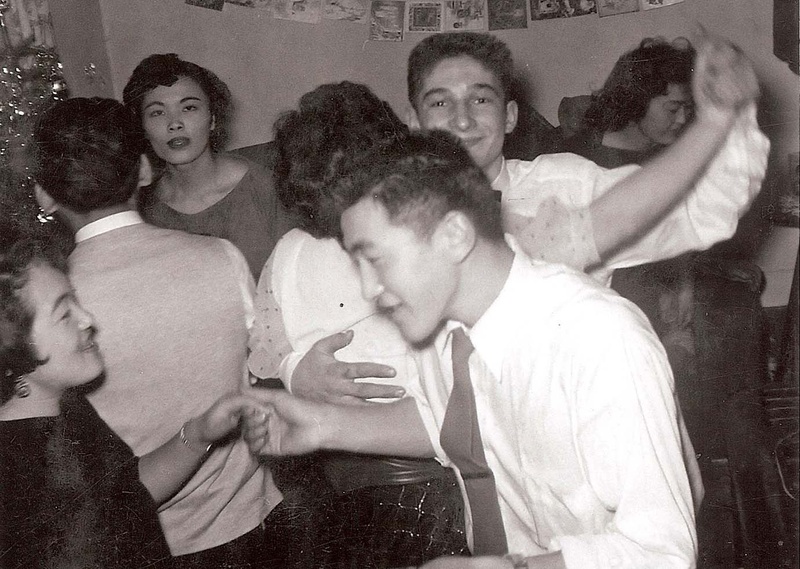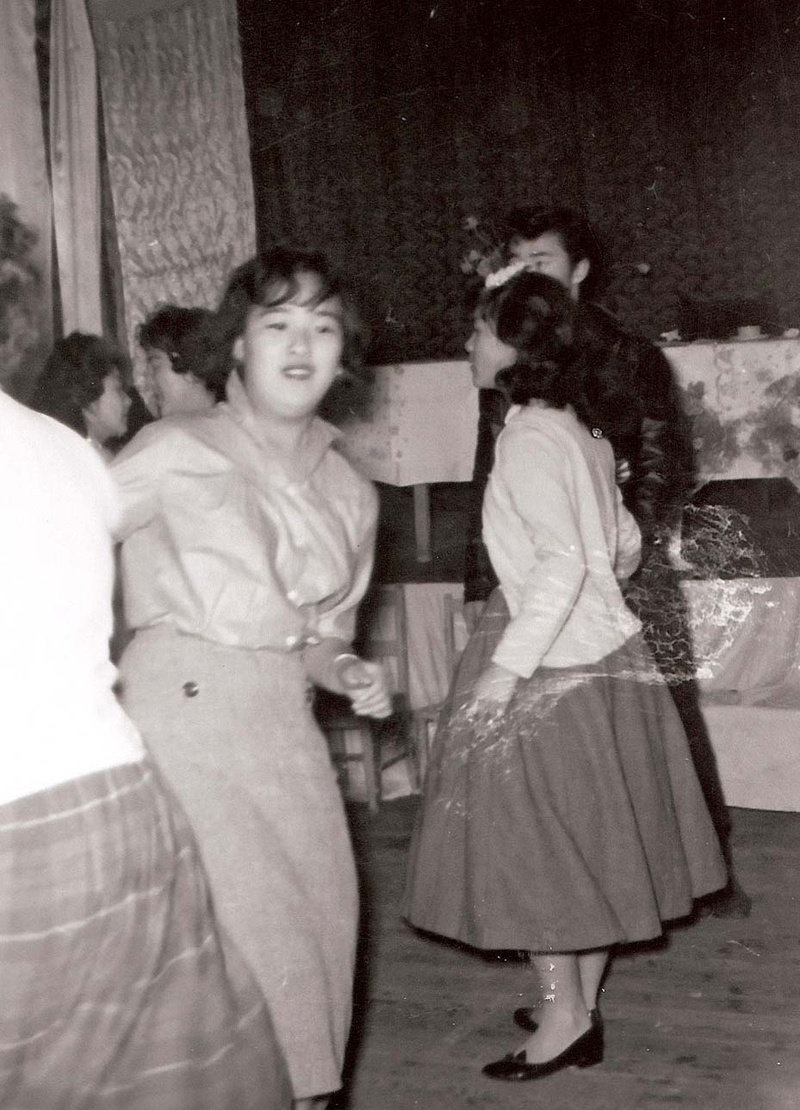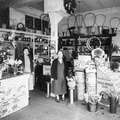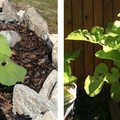When the Canadian government finally gave the Japanese Canadians the freedom to have equal rights as all Canadians in 1949, they were able to choose their destination. The Nikkei families scattered across Canada. Some moved to the prairie provinces of Alberta, Saskatchewan, and Manitoba. Others moved to Ontario and Quebec. However, some internment towns like New Denver and Greenwood had many families plant their roots with jobs in the local sawmill and logging. Therefore, Christmas and Oshogatsu festivities were probably determined by geography. I’m sure some families still maintained the osechi ryori custom.
In Greenwood, there were many families who stayed put and resumed their lives the way they did even during the internment years. The fishermen husbands worked on the coast and returned in the fall to be with their family. Those who worked in sawmills had the stability of having the family together. Therefore, it was a small town Christmas and New Year.
The festivity started in the summer as children scouted around for the perfect Christmas tree. Once snow started falling and it was around two weeks before Christmas, the boys and men would go up into the mountains to pick their trees. Those who had a headstart, knew where to go. With an axe in hand and a handsaw as well, they would cut their favourite trees. Families with lot of boys had the advantage of bringing down more than one tree. Those who cut down several trees gave the extra trees to old bachelors or to families without boys.
The trek was quite difficult in the snow up in the hills. It would get dark by around 4 p.m., so many times the boys returned home in the dark.
The trees were decorated and the brothers and sisters exchanged whatever simple gifts they could afford to buy. A dollar gift was quite extravagant back in the early ’50s. My father would fill the “Xmas Stocking” with bananas, mandarin orange, comic books, and some candies. Actually, it was a logger’s socks. Everyone dressed up for the occasion.
As soon as Christmas was over, mothers had to get ready for Oshogatsu. Mothers and daughters were always busy in the kitchen. This was in the fifties so men had more free time.
Before Oshogatsu, the men would have mochitsuki day. At our house, this ritual would be held inside the pool hall on Sunday when it was closed. A large wooden log piece would stand upright and the top part would be chiseled down to look like a huge bowl. That’s where the mochi was placed. There was a bowl with water on the empty chair. Then, the mochi pounding would begin with two large wooden mallets handled by two men in their tank tops sweating away. The third man had the most dangerous job. He had to stick his hand in to roll the mochi around and at times sprinkling water on it so that it wouldn’t stick to the wooden bowl. Once the mochi was made, the mothers would immediately cut them into small pieces and make mochi cakes. Once cooled, mochi would be placed in the wood stove oven and the hard mochi would blow up like a marshmallow. Soya sauce and sugar would be mixed in a small dish and that’s how mochi was eaten. Some would add nori as well.
On January 1st, Oshogatsu festivities would begin. Men wore their suits and the younger men dressed in their sports jackets. Younger people wore their best clothes possible, except for mothers. They wore their aprons. It was indeed a special day. I didn’t see too many osechi ryori in Greenwood because it was customary to have friends come over to taste the host’s favourite spread. I think most guests would starve if only osechi was served. Therefore, every home had for sure Japanese-styled chow mein, age sushi (inari zushi), maki sushi (futo maki), and pickled octopus as a special dish. There were many more side dishes as well.
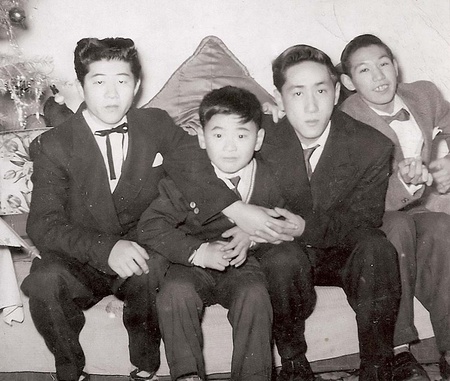
The men would come in and of course taste sake or whiskey offered by the host. After awhile, some of the men would start singing bawdy songs. The younger kids would be on the floor playing saikoro (dice). Older teenagers would play Black Jack at the table in the parlour. It was a penny per person if one wins. Older people may play gaji (hanafuda). The mothers would be busy in the kitchen washing dishes or serving desserts to their guests. Poor moms!
The next day, the guests would then become hosts and reciprocate. Oshogatsu lasted three days, but kids would still come over to our house to play Black Jack or roll dice. I think the mothers had but one day to enjoy each other’s company. That’s what Oshogatsu looked like in a Nikkei home in Canada. Others may have celebrated differently.
© 2015 Chuck Tasaka


